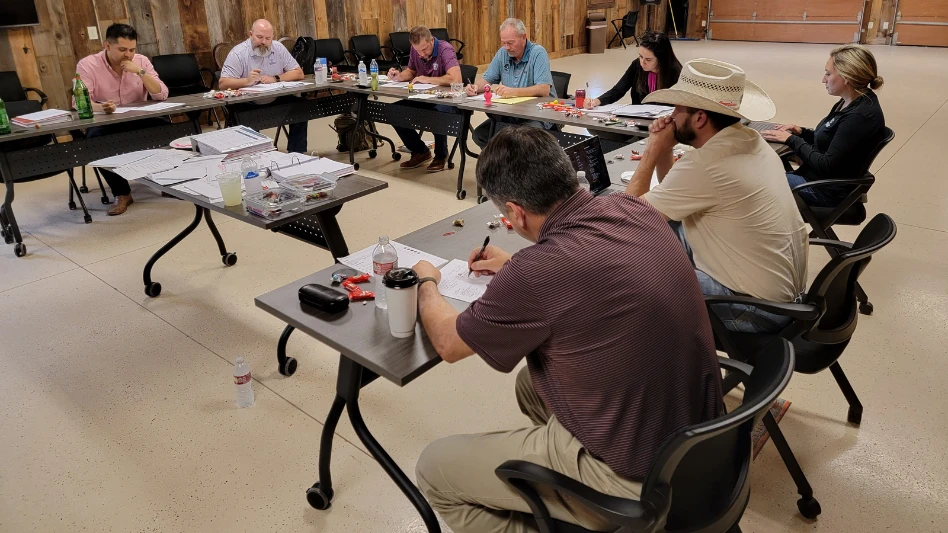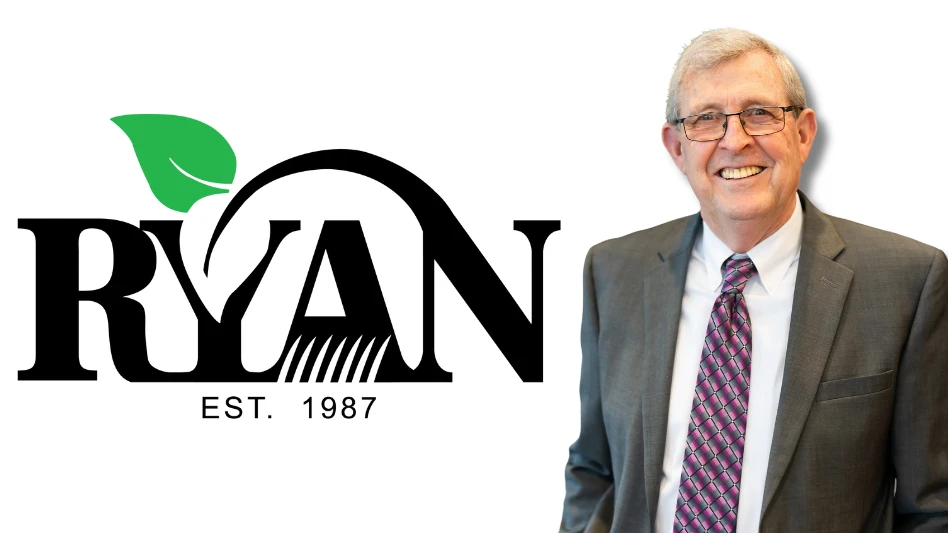Generator manufacturers are getting a windfall of business as they send tens of thousands of portable generators to Texas, Louisiana and other states that have lost electricity after Hurricanes Gustav and Ike.
Some of the largest generators, from Kohler Power Systems, have been used at Memorial Hermann Southwest Hospital in Houston. Kohler units also have provided backup power at southeast Texas oil refineries.
Briggs & Stratton Corp. has an emergency response team keeping a steady flow of portable generators headed to the Gulf Coast.
The company has stepped up production at its plant in Jefferson, with shifts working around the clock. Briggs also has asked its parts suppliers to increase production to meet the need for thousands of generators.
“We are in maximum output now,” said Todd Teske, Briggs’ president and chief operating officer.
It could be more than a month before electricity is restored to some areas of the Gulf Coast. Several million people have been without power, and stores are selling generators as fast as they can get them.
Briggs, Kohler and Waukesha-based Generac Power Systems are three of the largest U.S.-based generator manufacturers. The devastation from Ike and Gustav could double or triple sales of their portable power products compared with years that didn’t have large hurricanes.
In a year with multiple storms, industrywide generator sales can top 1 million units. For Briggs, generators are one of the company’s most profitable products.
It will be a focal point in Briggs’ earnings release next month, Teske said.
“We have cranked up production in our plants to get as many generators as we can to the people who need them,” he said.
Portable generators range in size from small units that can run one or two appliances to the largest, which can power an entire house if wired into a home electrical system. Many of the portables run on gasoline or diesel fuel, however, which has been in short supply in the hurricane-stricken areas.
Kohler has mobilized large generators that are providing emergency power for hospitals and other large institutions. Some units could generate enough electricity to power a 10-block area of homes.
Some of Kohler’s large rental generators have been shipped to the Gulf Coast from several thousand miles away. Any large generator that wasn’t already committed to another project has been sent to the hurricane-slammed areas, said Ed Paradowski, general manager of Kohler Rental, a division of Kohler Co.
The rush in business follows two relatively quiet years of hurricane activity.
Demand for generators after Ike and Gustav could exceed the demand that followed Hurricane Katrina, the monstrous storm that devastated New Orleans in 2005.
“Ike was an awfully widespread, very large storm. It could be just as big as Katrina as far as the impact on power outages goes,” said Clement Feng, executive vice president and chief marketing officer at Generac.
Generac is hiring several hundred people at its Wisconsin and Iowa factories. It already had geared up production for the hurricane season, which runs from June through November.
“Once you are in the middle of the season, it’s really too late to react,” Feng said. “If we do a good job ahead of time, we are much better to handle the slug of orders that come with storms like Ike and Gustav.”
Latest from Lawn & Landscape
- LMN partners with Attentive.ai
- Get to know the generations working for you
- Addressing addiction in landscaping
- Fairway expands national footprint with 6 acquisitions
- Graze Robotics opens new headquarters in Plano, Texas
- Addiction in the green industry
- Kress earns Sourcewell approval
- The best laid plans





